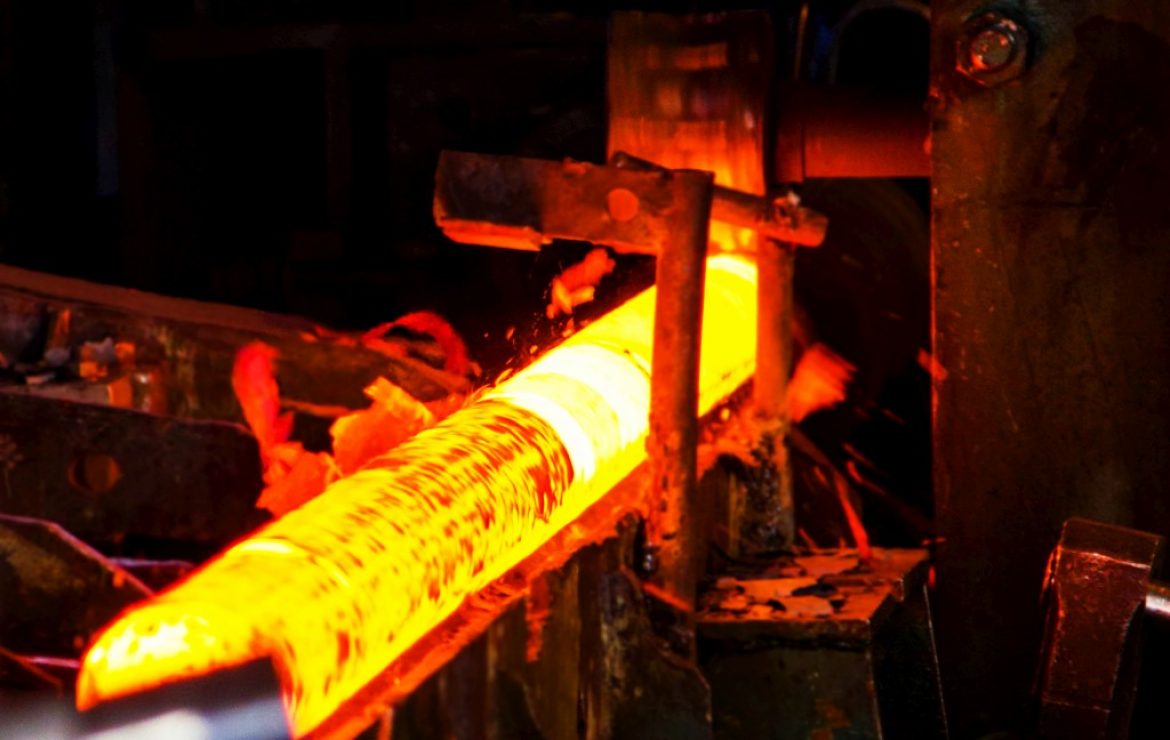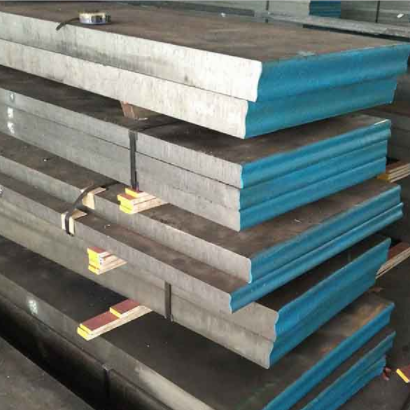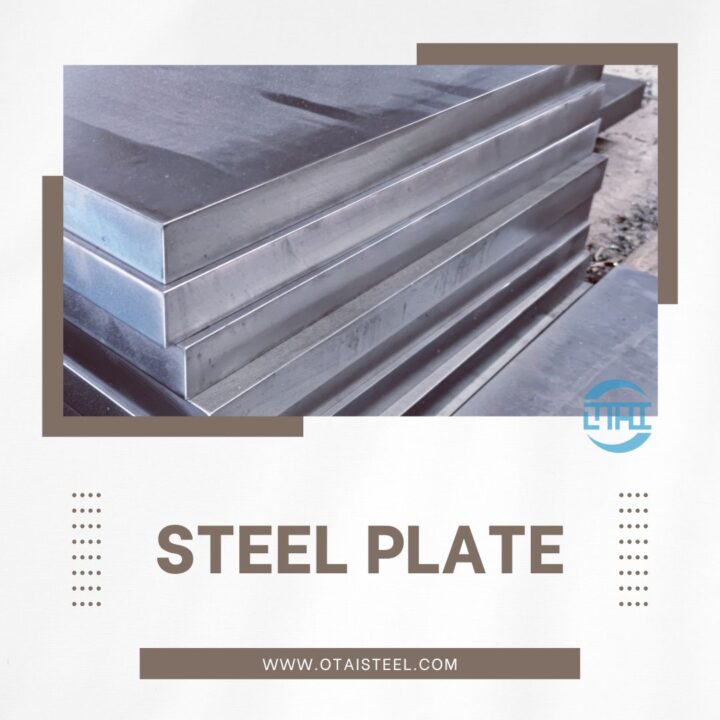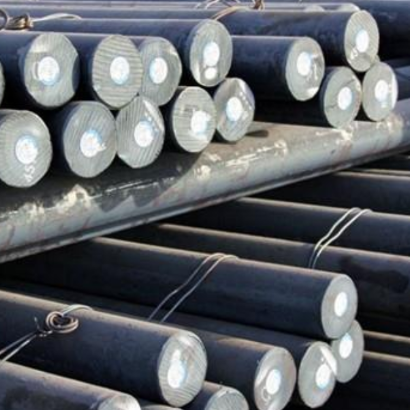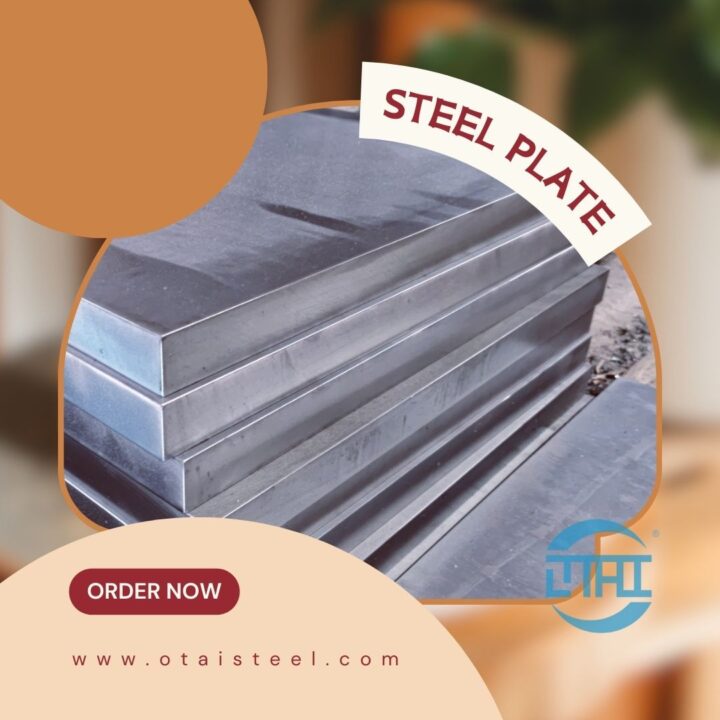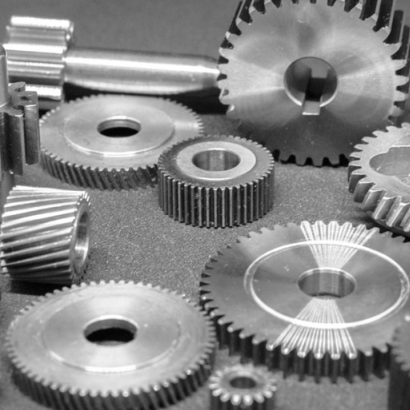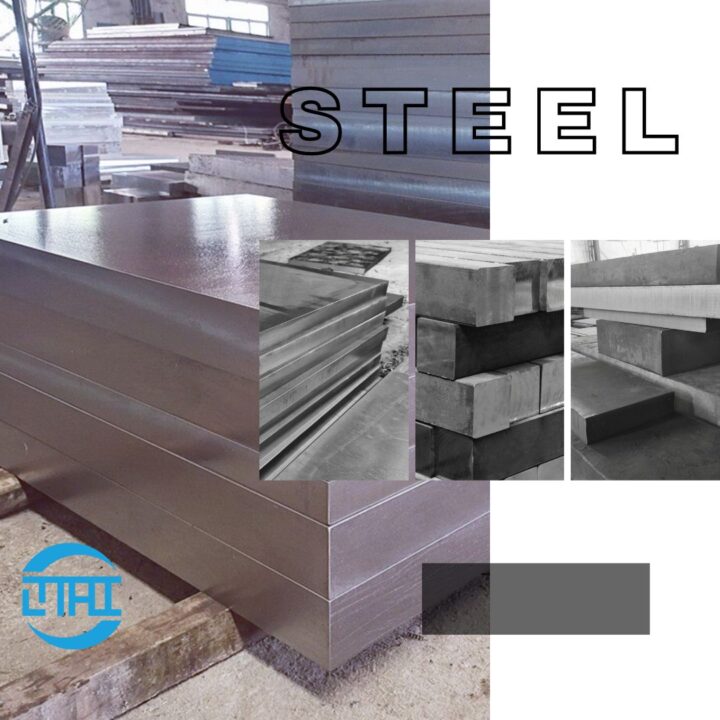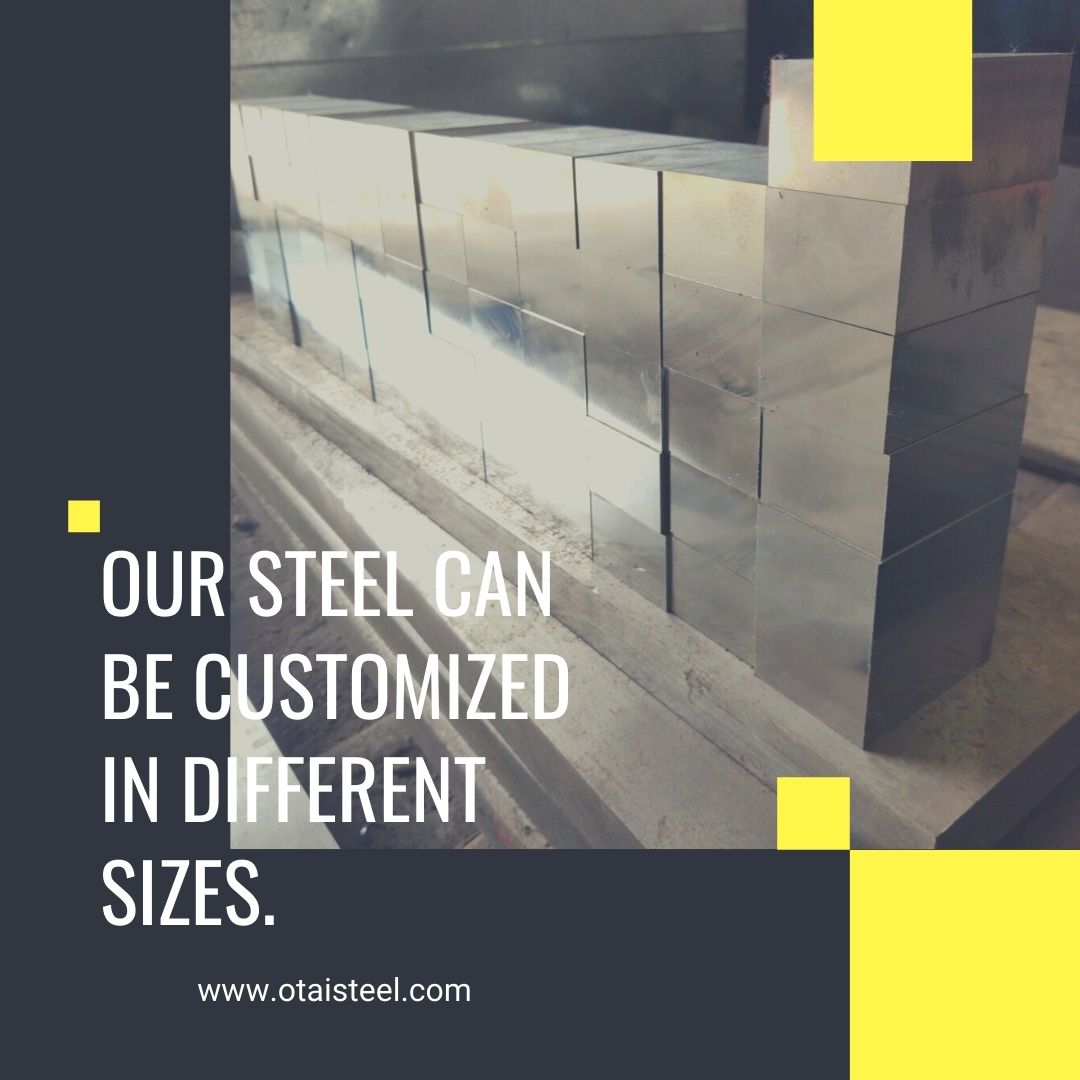4340 steel is a widely used alloy known for its excellent strength, toughness, and wear resistance. However, like any material, it is not immune to failure. Understanding the common failure modes and causes associated with 4340 steel components is crucial for ensuring their reliability and performance.
Understanding 4340 Steel
- Composition and Properties
4340 steel is a low-alloy steel that contains elements such as nickel, chromium, and molybdenum, which contribute to its exceptional mechanical properties. It exhibits high tensile strength, good ductility, and excellent hardenability, making it suitable for a wide range of applications.
- Common Applications
4340 steel finds application in industries such as aerospace, automotive, oil and gas, and defense. It is used in the manufacturing of critical components like gears, shafts, crankshafts, and structural parts that require high strength and durability.
Failure Modes in 4340 Steel Components
- Fatigue Failure
Fatigue failure occurs when a component fails due to repeated cyclic loading. In 4340 steel components, fatigue cracks can initiate and propagate under cyclic stresses, eventually leading to failure. Factors such as improper design, inadequate surface finish, and excessive loading can accelerate fatigue failure.
- Fracture Failure
Fracture failure occurs when a component fails under a single, high-intensity load. It is often associated with the presence of defects, such as cracks or notches, which act as stress concentrators. Inadequate material quality, manufacturing defects, or improper heat treatment can contribute to fracture failures in 4340 steel components.
- Wear Failure
Wear failure is characterized by the gradual loss of material due to contact and relative motion between components. In 4340 steel components, wear can occur due to abrasive, adhesive, or erosive mechanisms. Factors such as insufficient lubrication, contamination, and high contact pressures can accelerate wear failure.
- Corrosion Failure
Corrosion failure happens when the material deteriorates due to chemical reactions with its environment. While 4340 steel exhibits moderate corrosion resistance, exposure to aggressive environments can lead to localized corrosion, such as pitting or stress corrosion cracking. Factors like exposure to moisture, corrosive substances, and improper surface protection can contribute to corrosion failure.
Causes of Failure
- Improper Material Selection
Using the wrong grade of 4340 steel or selecting a material that does not meet the specific requirements of the application can lead to premature failures. It is crucial to consider factors such as expected loads, operating conditions, and environmental exposure when choosing the appropriate grade of 4340 steel.
- Inadequate Heat Treatment
Proper heat treatment is essential to achieve the desired mechanical properties in 4340 steel. Insufficient or improper heat treatment processes, such as quenching and tempering, can result in inadequate hardness, reduced toughness, and susceptibility to failure mechanisms like fatigue and fracture.
- Design Flaws
Design flaws, such as inadequate fillet radii, sharp corners, or sudden changes in section thickness, can create stress concentrations in 4340 steel components. These stress concentrations can significantly reduce the component’s fatigue life and increase the risk of failure.
- Manufacturing Defects
Manufacturing defects, including material impurities, improper machining, or inadequate surface finish, can introduce weaknesses in 4340 steel components. These defects can serve as initiation points for cracks, leading to failure under applied loads.
Prevention and Mitigation Strategies
- Proper Material Selection
Thoroughly analyze the application requirements and consult with material experts to select the appropriate grade of 4340 steel. Consider factors such as strength, toughness, hardness, and corrosion resistance to ensure optimal performance and minimize the risk of failure.
- Optimal Heat Treatment
Follow recommended heat treatment procedures to achieve the desired mechanical properties in 4340 steel components. Ensure proper quenching and tempering processes, and adhere to specified temperature and time parameters to enhance the material’s strength, toughness, and fatigue resistance.
- Robust Design Practices
Adopt sound design principles, including appropriate fillet radii, gradual transitions, and smooth surface finishes, to minimize stress concentrations in 4340 steel components. Conduct finite element analysis and simulations to validate the design and identify potential areas of concern.
- Quality Control Measures
Implement stringent quality control measures during manufacturing processes to detect and rectify any potential defects in 4340 steel components. Conduct inspections, non-destructive testing, and rigorous material characterization to ensure the integrity and reliability of the final products.
By considering factors like material selection, heat treatment, design practices, and quality control, manufacturers can mitigate the risk of failures and ensure the optimal performance of 4340 steel components.
